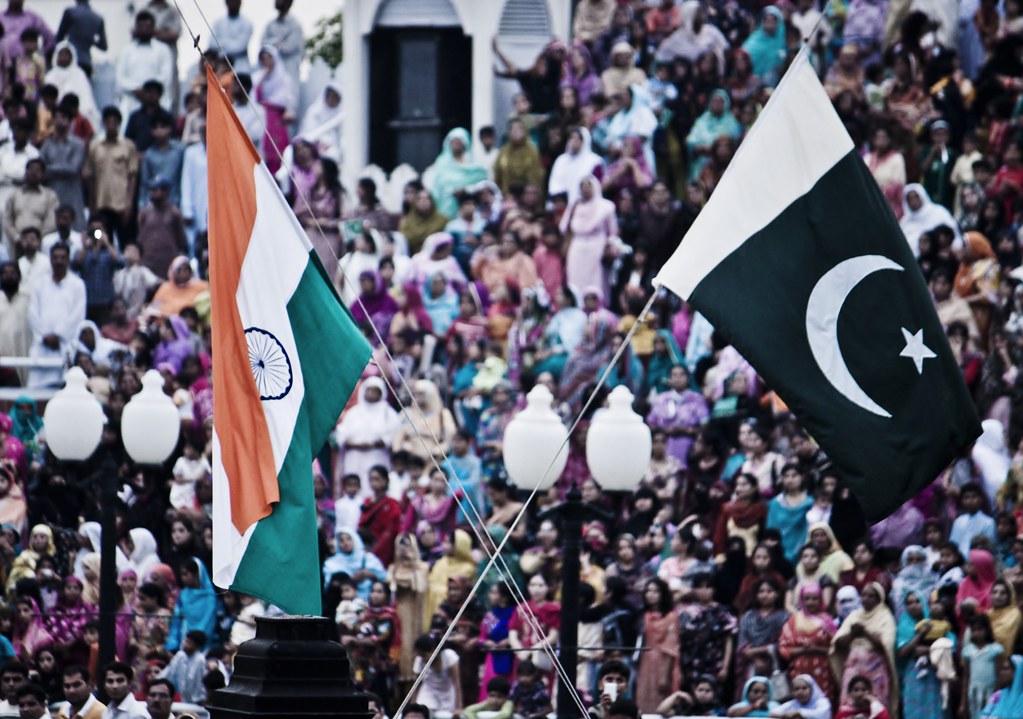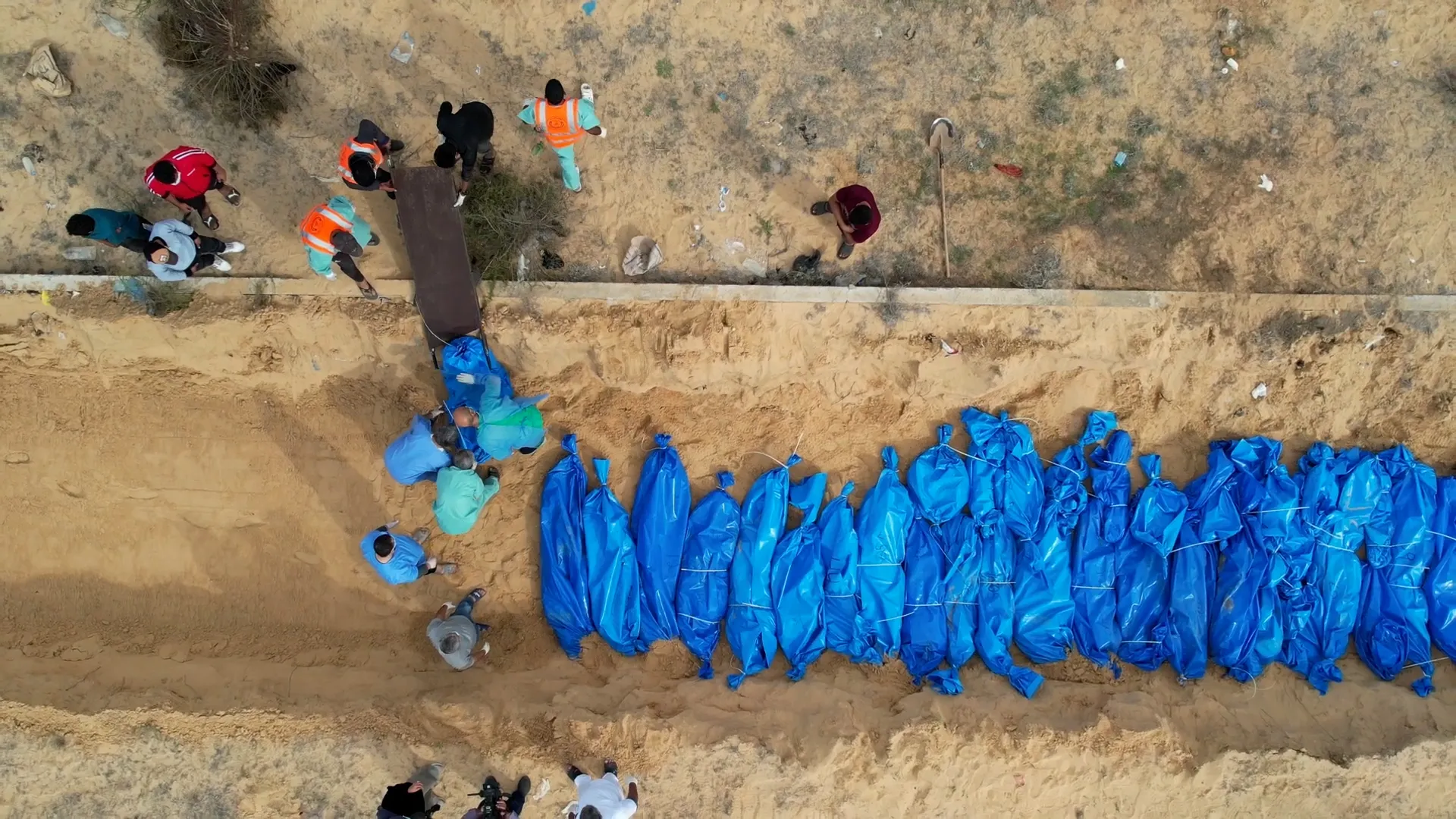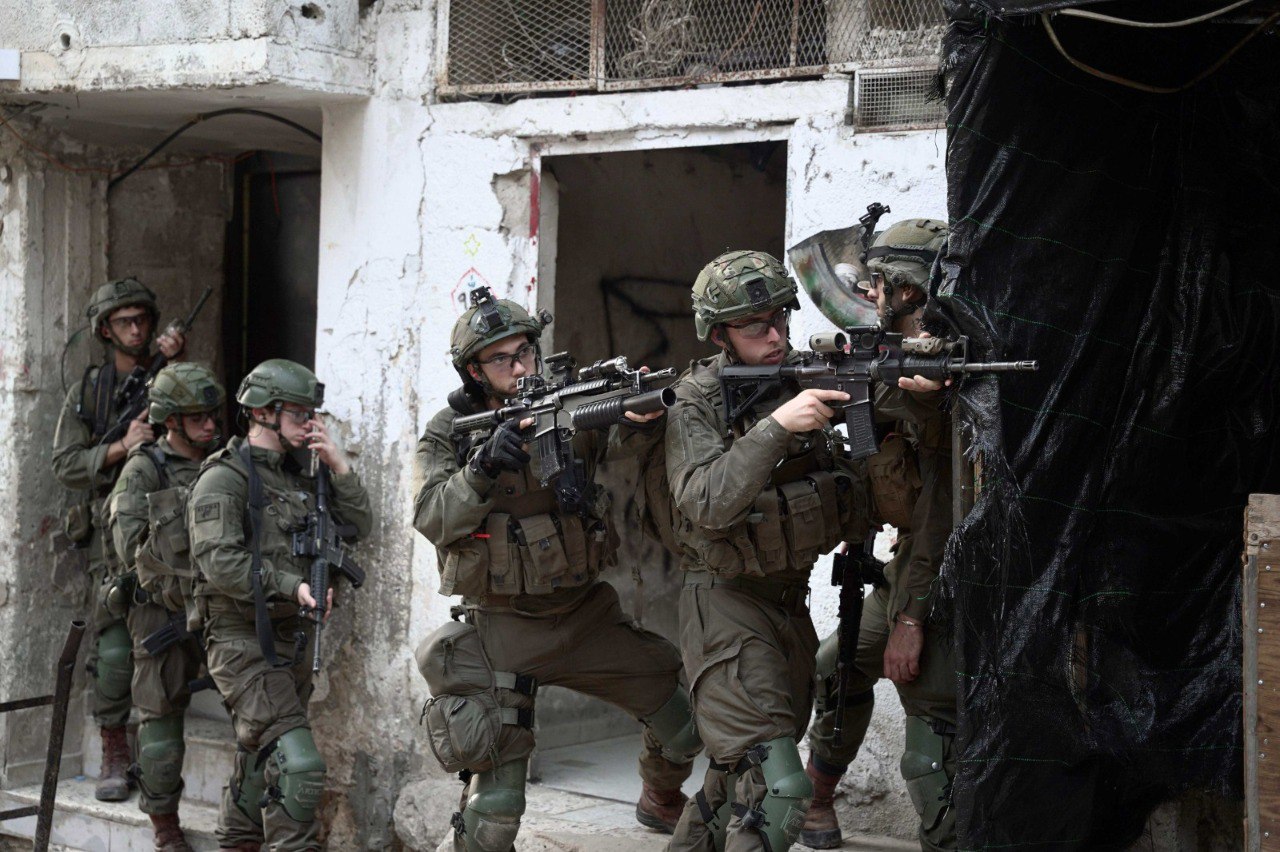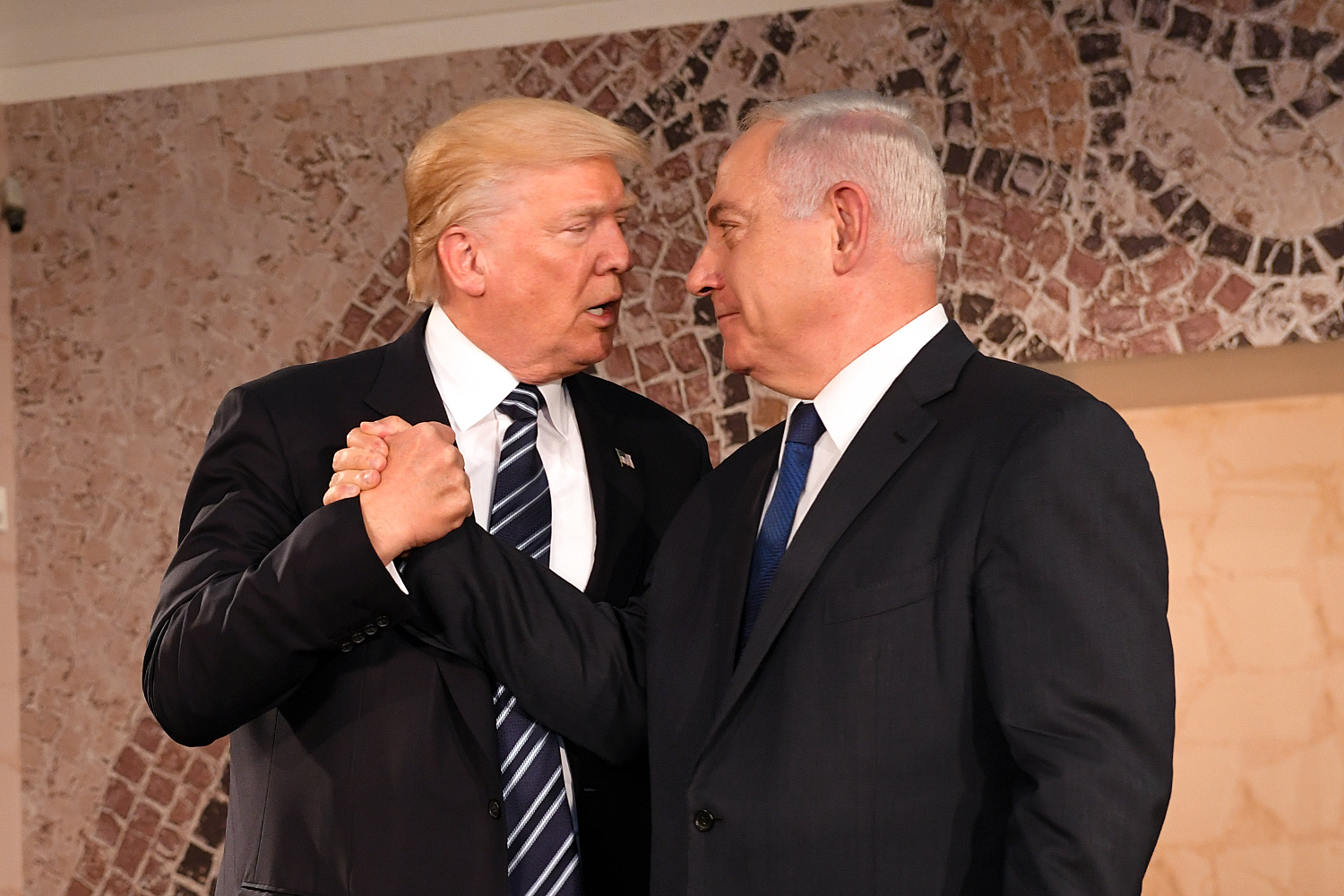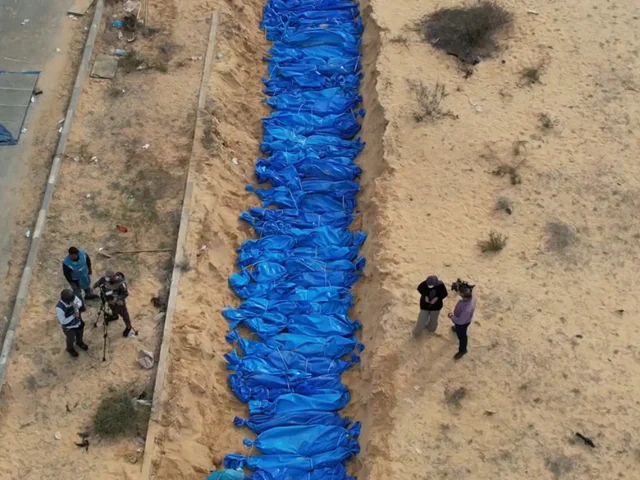As world leaders celebrated a ceasefire in Gaza, and ultimately a hostile return to violence in the strip, a campaign of systemic violence quietly engulfed the occupied West Bank. Between January and March 2025, while headlines focused on hostage deals and humanitarian aid entering Gaza, Israel unleashed one of its most aggressive and coordinated crackdowns on Palestinians in the West Bank in decades. With tanks rolling into refugee camps, settler militias torching villages, and over 40,000 Palestinians displaced, the West Bank became a war zone—largely out of sight, and out of mind.
This is the story of how a ceasefire meant to bring peace in one part of Palestine became a smokescreen for war in another.
A Timeline of Brutality
The Gaza ceasefire began on January 19, 2025. Within 48 hours, Israeli forces launched “Operation Iron Wall”—a military campaign across the northern West Bank, starting with Jenin refugee camp. Armed incursions, drone strikes, home demolitions, and mass arrests followed. By the end of January, Jenin had been largely depopulated. Tulkarm and Nur Shams camps came next. Then Nablus, Hebron, and beyond. These weren’t isolated raids; they were full-scale military invasions with tanks, airpower, and special forces.
On January 20–21, as Gaza’s calm dominated headlines, dozens of armed settlers—escorted by Israeli troops—rampaged through Jinsafut and Al-Funduq, torching homes, workshops, and vehicles. Twenty-one Palestinians were injured, several severely. Settler violence wasn’t just permitted—it was often protected. Attacks like these occurred daily across the West Bank. Roads were blocked, villagers beaten, olive trees uprooted. It was coordinated chaos.
In February, the campaign escalated. Israeli forces stormed Nur Shams, al-Far’a, and Balata refugee camps. Pregnant women were shot. Children were killed. Entire neighborhoods were flattened. The raids spread across the West Bank, blanketing the territory in nightly terror. On February 25, a 14-hour raid on Nablus injured 31 people, including a baby and journalists. By early March, UN agencies began referring to the region as a conflict zone.
Humanitarian Collapse
With every incursion came infrastructure collapse. Water networks were destroyed. Power lines were severed. Roads were bulldozed. Jenin resembled a warzone—rubble, craters, and shell-shocked families huddled in abandoned schools. UN agencies reported thousands without access to clean water or electricity. Emergency aid missions faced repeated obstacles, often denied access by the Israeli army.
Checkpoints were closed or blocked altogether. In the Jordan Valley, the Tayasir checkpoint was sealed, isolating over 60,000 Palestinians from hospitals and markets. Elderly people missed medical appointments. Children went hungry. UNRWA reported that over 5,500 displaced families were entirely dependent on food distributions and cash assistance by the end of February. The camps were bleeding people faster than aid could arrive.
In East Jerusalem and rural enclaves, Israeli authorities ramped up demolitions. From January through early March, over 460 Palestinian structures were razed—houses, tents, schools, livestock pens. In Silwan, 39 people were forced to demolish their own building or face massive fines. Nearly half of all displaced residents were children. No one was spared the trauma of displacement.
State and Settler Hand in Hand
This was not the work of rogue actors. Settler attacks and army operations worked in tandem. Soldiers frequently arrived with settlers, secured the area, and let the violence unfold. When settlers beat Palestinians or set fire to cars, soldiers stood by. In places like Susiya and Shuqba, the army even joined in—arresting Palestinian victims instead of their attackers. The line between uniformed soldier and masked settler blurred until it vanished.
The Israeli government gave this campaign its blessing. Far-right ministers, many settlers themselves, cheered on the violence and continued expanding settlements. In early January, the security cabinet greenlit massive land grabs in the Jordan Valley. Settlement outposts doubled. Armed civilian patrols were authorized. Gun licenses were fast-tracked. This wasn’t random—it was a policy.
In public, Israeli spokespeople called it a counter-terror campaign. But in private, settler leaders were boasting that villages like Ein al-Hilwa had been emptied. Israeli bulldozers quickly arrived to pave roads and build fences. Settler violence created the pretext. The army delivered the outcome. The state consolidated the gains. It was textbook displacement, executed in three parts.
Muted Media, Delayed Diplomacy
Despite the scale of the assault, the global press was largely silent. Gaza was the story. Hostage releases, humanitarian corridors, aid trucks crossing the border—these images dominated. Meanwhile, in Jenin, families carried bodies from the rubble. International TV crews didn’t show up. Headlines didn’t mention the West Bank. The violence was visible, but unspoken.
UN human rights officials issued warnings. Francesca Albanese, UN Rapporteur for Palestinian territories, said 40,000 displaced in a month should have been front-page news. Instead, it was buried beneath ceasefire optimism. Some journalists privately admitted being told not to use words like “ethnic cleansing” or “genocide” in their reporting. Editorial caution eclipsed human suffering.
UN Secretary-General António Guterres eventually spoke in March, calling the West Bank situation “alarming” and acknowledging the sheer scale of displacement. But no resolution came from the Security Council. No sanctions were imposed. Western diplomats continued to shield Israel diplomatically, hoping to preserve the Gaza ceasefire at any cost—even the cost of lives in the West Bank.
The Ceasefire That Wasn’t
The Gaza ceasefire was hailed as a turning point. And it was—for Israeli military strategy. As calm returned to Gaza, Israel shifted troops and attention to the West Bank. With world leaders distracted by the hostage diplomacy, the army unleashed its most aggressive campaign in two decades on Jenin, Tulkarm, and Hebron.
The ceasefire didn’t apply to the West Bank. No clause limited military activity there. No one asked. No one intervened. In the fog of relief over Gaza’s temporary silence, Israel found a perfect window to do in the West Bank what it couldn’t in Gaza—displace, demolish, and dominate without global scrutiny.
Yet the ceasefire itself didn’t last. Hamas agreed to move into Phase 2, offering an extended pause in hostilities and additional hostage releases. Israel refused to proceed. No explanation was offered. No counterproposal made. Instead, Israeli negotiators walked away—collapsing the ceasefire not through rockets or raids, but silence. Even as Hamas extended a hand, Israel’s fist tightened around the West Bank.
Palestinians saw it clearly. One activist in Ramallah called it “a bait and switch.” Another, from a destroyed village in the Jordan Valley, said: “They gave the world peace in Gaza so they could give us war.” Their warnings were not metaphorical. They were factual.
Conclusion
From Jenin to Hebron, from settlement outposts to demolished homes, the first three months of 2025 bore witness to a silent war. A war obscured by diplomacy. A war ignored by headlines. A war that did not pause when the ceasefire began.
While Gaza was quiet, the West Bank burned. And the world barely blinked.
Author
Discover more from The Crustian Daily
Subscribe to get the latest posts sent to your email.


